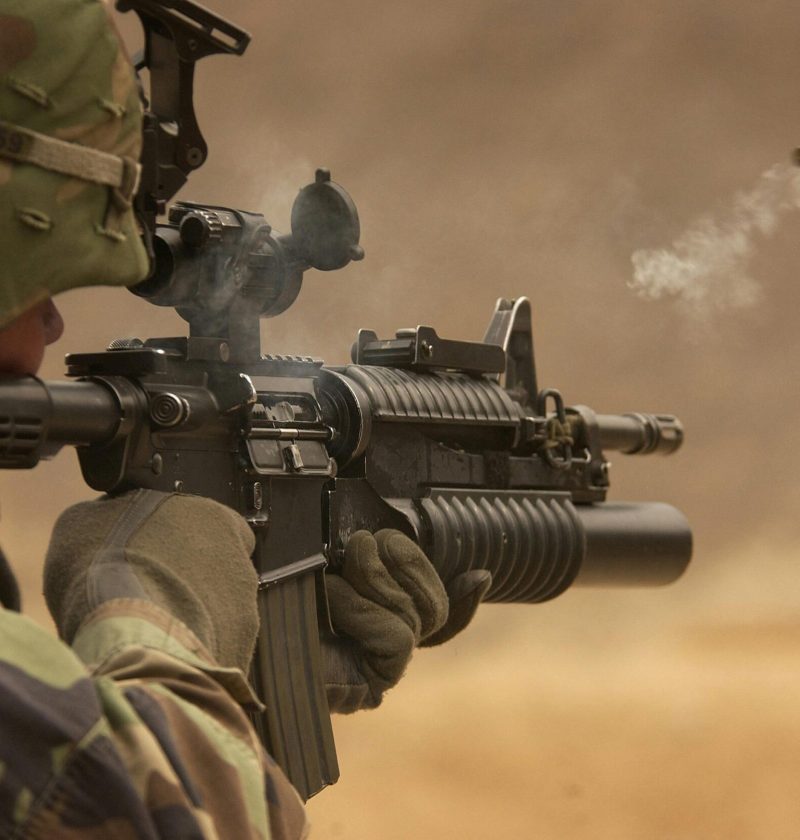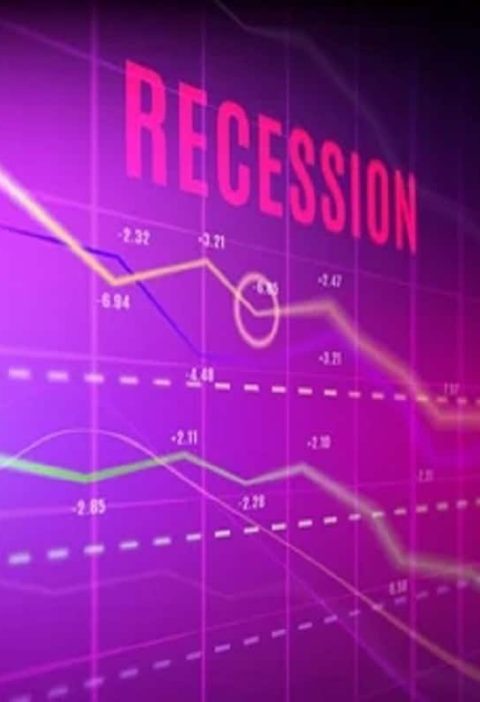The foreign exchange market, commonly known as Forex or FX, is the world’s largest and most liquid financial market. Trillions of dollars are traded daily, with currencies exchanged for commerce, investment, and speculation. While Forex is influenced by various factors, wars, and geopolitical conflicts stand out as significant catalysts for volatility. The relationship between military conflicts and the Forex market is complex, encompassing economic, political, and psychological dimensions.
1. Economic Uncertainty and Risk Aversion
One of the immediate impacts of war on the Forex market is the heightened sense of economic uncertainty. Wars destabilize economies, disrupt trade flows, and create fiscal pressures that can lead to the depreciation or appreciation of the currencies involved. Investors, unsure of the outcomes, often resort to risk aversion, driving demand for safe-haven currencies like the US dollar (USD), Swiss franc (CHF), and Japanese yen (JPY).
For instance, during the Gulf War in the early 1990s, the uncertainty surrounding oil supplies and geopolitical stability in the Middle East led to a surge in the value of the USD and CHF. Similarly, during the Russia-Ukraine conflict starting in 2014, there was a significant increase in the value of the USD and the CHF as investors sought safe-haven assets as they determined what is CFD trading in the greenback and the Swiss Franc.
2. Disruption of Trade and Commodity Prices
Wars can disrupt global trade, especially those involving major economic powers or key geographical regions. Nations embroiled in conflict may see their currency values decline due to reduced export capabilities, sanctions, and capital flight. For example, the value of the Russian ruble plummeted during the annexation of Crimea in 2014 due to severe economic sanctions imposed by Western countries.
Additionally, wars often lead to volatility in commodity prices, affecting Forex markets. Oil prices are susceptible, given that much of the global supply comes from politically unstable regions. Higher oil prices can impact oil-importing countries by increasing trade deficits and putting downward pressure on their currencies.
3. Central Bank Interventions
In times of war, central banks play a crucial role in stabilizing their economies and mitigating the adverse impacts on their currencies. They may utilize monetary policy tools such as interest rate adjustments, quantitative easing, or direct intervention in the Forex market.
For example, during World War II, the Allied and Axis powers’ central banks intervened heavily in the Forex markets. Central banks may also collaborate with international institutions like the International Monetary Fund (IMF) to secure financial assistance and stabilize their currencies during prolonged conflicts. Such interventions can introduce significant volatility into the Forex market as traders attempt to anticipate and react to these moves.
4. Market Psychology and Speculation
Traders’ perceptions and speculative activities can amplify the effects of war on Forex markets. Panic selling or buying, driven by news of escalating conflicts or peace talks, can cause rapid fluctuations in currency values. Market psychology often plays a crucial role, as fear and uncertainty can lead to herd behavior, where traders move en masse towards perceived safe-haven currencies.
For instance, during the onset of the Iraq War in 2003, there was a noticeable flight to safety, with the USD and CHF gaining strength against other currencies. As the war progressed and certain outcomes became more predictable, some of the initial market anxiety subsided, leading to a rebalancing of currency values.
5. Changes in Fiscal and Monetary Policies
Wars often necessitate significant shifts in a country’s fiscal and monetary policies, which can directly and indirectly affect Forex markets. Governments may increase military spending, leading to higher budget deficits. Central banks might respond with rate cuts or liquidity injections to support economic activity, influencing currency values.
For example, the United States markedly increased military spending during the Vietnam War, leading to higher inflation and budget deficits. This fiscal expansion put downward pressure on the USD, a trend traders closely monitored in the Forex market.
6. International Relations and Alliances
Wars can realign international relations and create new economic alliances or break existing ones. Such political shifts can have substantial impacts on Forex markets. Countries involved in the conflict may form new trade agreements, receive financial aid, or face economic sanctions, all of which can influence their currency strength.
The Cold War period, for example, saw a clear delineation between the Western bloc, led by the United States and its allies, and the Eastern bloc, led by the Soviet Union. During this period, the economic policies and international relations significantly impacted Forex market behaviors, with currencies of non-aligned countries often experiencing heightened volatility.
7. Long-Term Economic Impact
The long-term economic impact of wars on currencies is often profound, extending well beyond the duration of the conflict. Reconstruction efforts, shifts in global trade patterns, changes in national debt levels, and demographic impacts can influence the Forex market for years post-conflict.
8. Inflation and Currency Depreciation
Wars frequently lead to inflationary pressures, particularly in countries directly involved in the conflict. The destruction of infrastructure, disruption of businesses, and increased government spending all contribute to rising prices. Prolonged inflation can erode the purchasing power of a currency, leading to its depreciation in the Forex market.
9. Refugee Crises and Migration
Wars often lead to large-scale human displacement, creating refugee crises that put additional economic strain on neighboring countries. These influxes can lead to increased government spending and shifts in labor markets, influencing the host countries’ economies and, consequently, their currencies.
We saw an example of this during the Syrian civil war, which resulted in millions of refugees migrating to Europe and neighboring countries. The economic burden and social dynamics caused by such sudden population shifts can influence local currencies as governments respond with fiscal measures to manage the crisis.
10. Investment Flows and Capital Flight
Wars can lead to significant capital flight from conflict zones as investors seek to protect their assets. This outflow of capital can weaken the local currency, exacerbating economic instability. Conversely, countries perceived as safe havens may see an inflow of investment, strengthening their currencies.
During the Lebanese Civil War, there was a mass exodus of capital as businesses and individuals sought to preserve their wealth by transferring it to more stable economies. The resulting currency depreciation in Lebanon exacerbated the economic chaos.
11. Recovery and Reconstruction Efforts
Post-war recovery and reconstruction efforts can also influence Forex markets. The infusion of international aid, loans, and investments to rebuild war-torn economies can stabilize and eventually strengthen currencies. However, the terms of such financial assistance, including interest rates and repayment conditions, can also impact long-term currency stability.
The rebuilding of Europe after World War II under the Marshall Plan is a prominent example. Substantial American aid helped stabilize Western European economies and currencies, fostering growth and eventual economic stability.
12. Psychological and Sentiment Indicators
Wars also profoundly impact market sentiment, which can be observed through various psychological indicators in the Forex market. Traders’ emotions and reactions to news of conflict often lead to rapid, sometimes irrational, movements in currency values. Sentiment indicators, such as the Consumer Confidence Index (CCI) or Market Sentiment Index (MSI), are often susceptible during periods of geopolitical tension.
For example, anticipating potential conflicts can cause spikes in market volatility indexes (VIX or fear gauge). During the escalation of the US-Iran tensions in early 2020, there were significant shifts in market sentiment, with traders intensely monitoring news and adjusting their positions accordingly. This sentiment influenced currency pairs that were directly involved and had a cascading effect on others due to correlated trading behaviors.
Conclusion
Wars and geopolitical conflicts undeniably leave a profound imprint on the Forex market. The intricate interplay of economic disruptions, investor psychology, central bank interventions, and long-term political shifts creates a complex and often unpredictable environment for currency trading. Traders and investors must remain vigilant in monitoring geopolitical developments and understanding their potential impacts on various currencies. By doing so, they can better navigate the turbulent waters of Forex trading during periods of conflict.
In essence, the currency market serves as a global barometer, reflecting not just economic fundamentals but also the anxieties, hopes, and reactions of a world often shaped by the specter of war. Understanding this dynamic can provide invaluable insights, enabling more informed decision-making and strategic planning in the face of geopolitical instability.






